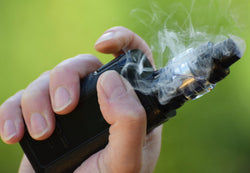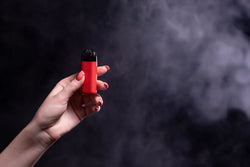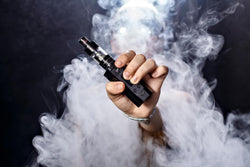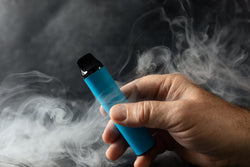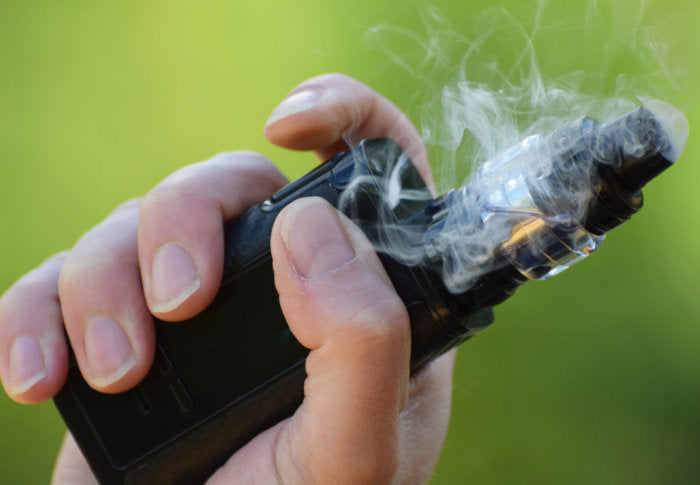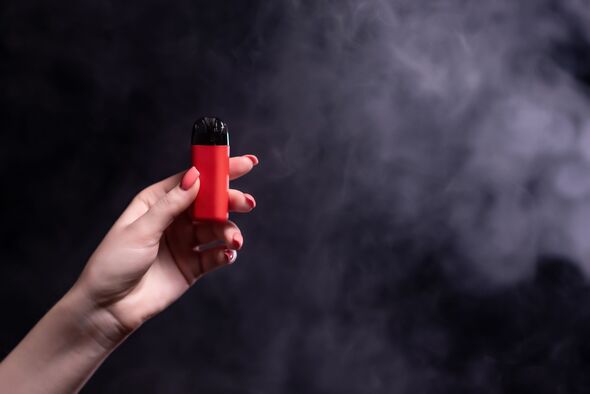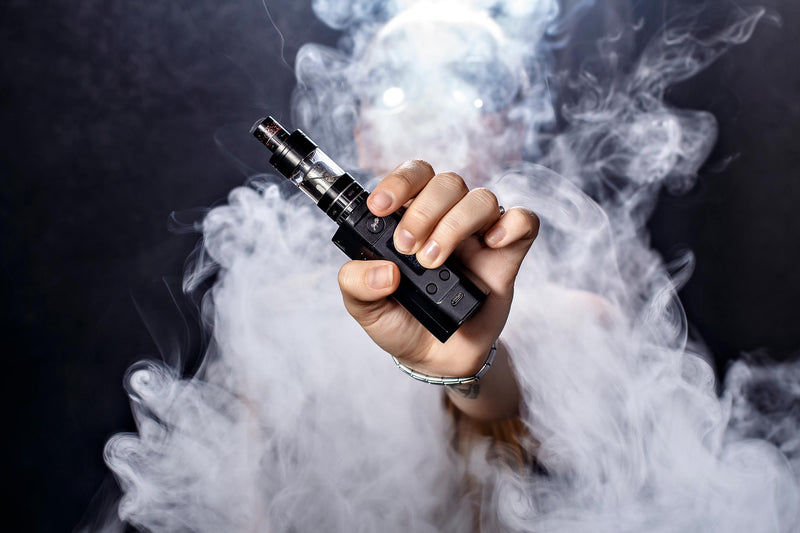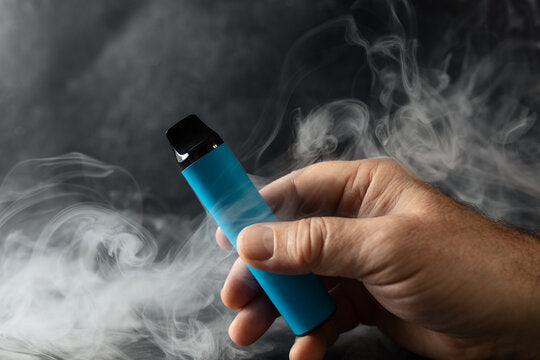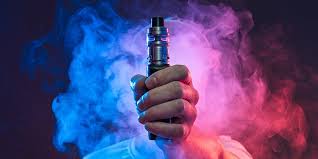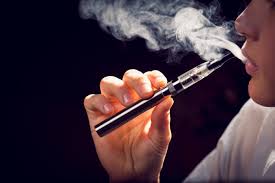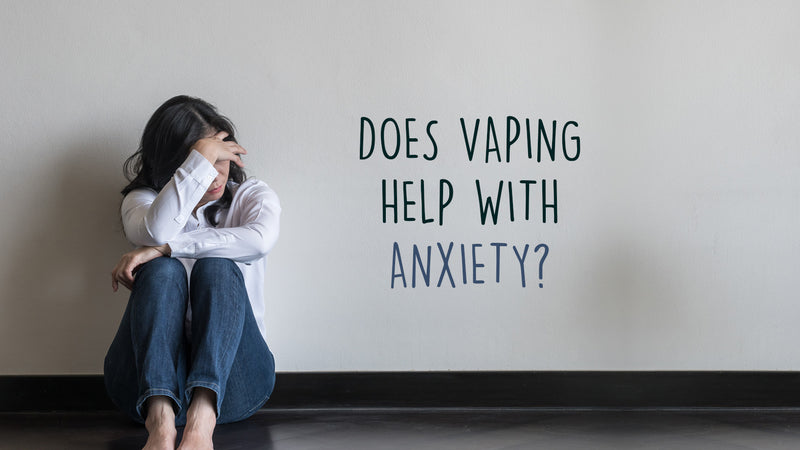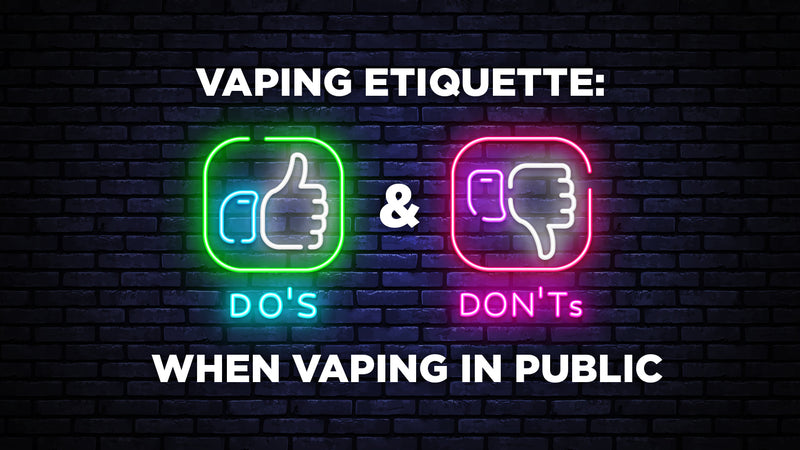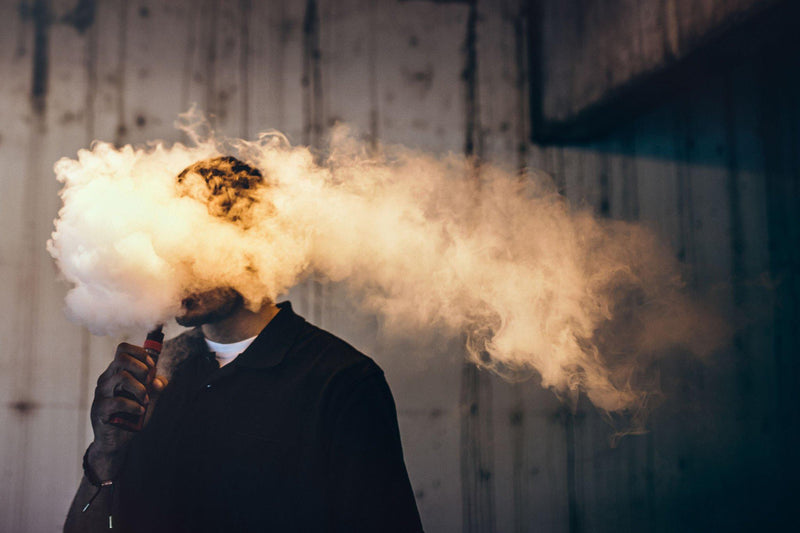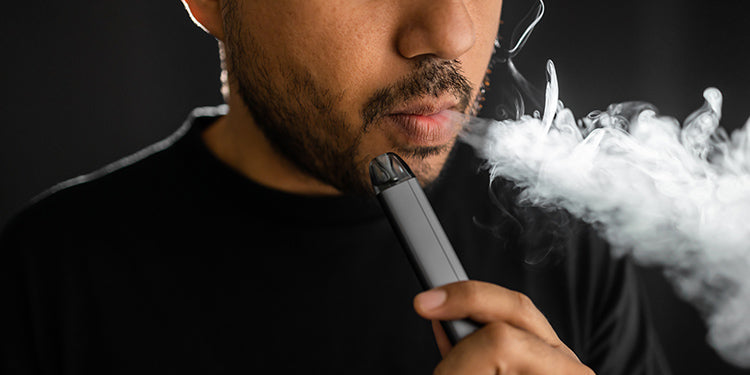

The official definition often used by academics for vape devices is ENDS – Electronic Nicotine Containing Devices.
It’s a clear example of how some academics simply don’t understand what they are studying, at least when it comes to vaping. To ‘vape’ means to inhale a vapor created by a mixture of propylene glycol and vegetable glycerine – nicotine is an optional extra.
Still, in this blog we’ve often focused on nicotine, and that’s because the majority of vapers use vape devices to replace smoking. But that also ignores two other areas – a significant proportion of people who go on to eliminate nicotine completely and people who want to experiment with vaping.
How many people vape nicotine-free e-liquid?
Since there is almost no mention of nicotine-free vape, you can expect few people to use it. There is little public information, and perhaps that is because it is not connected to the narrative that vaping is causing a new generation of young people to become addicted to smoking for life.
Another problem is that new users often do not know whether their e-liquid contains nicotine or not. So even if we ask people in future studies if they use nicotine in their vapes, it may be difficult to report exact numbers.
However, one study suggests that vaping without nicotine is important. One study found that two-thirds of young vapers in Norway used nicotine-free vaping devices. Additionally, those who preferred nicotine-containing devices were more likely to have used tobacco in the past.
What are the advantages of nicotine free vaping?
Allows experimentation without the risk of addiction
Vaping is significantly safer than smoking, but that doesn't mean it's risk-free. Public Health England still says the risk from smoking is 5%, but that's 5% of high risk. If you are a smoker, there is no point in switching to vaping, but if you are a non-smoker, there is no point in starting vaping.
At the same time, we have to be realistic. People continue to smoke despite the dangers, and it is inevitable that some people will try vaping. Sometimes it's out of curiosity, other times it's peer pressure.
So if you're going to try vaping, knowing there's probably a risk, it makes a lot more sense to do so with a nicotine-free option.
For example, you might go to a club or festival with friends who vape and feel pressured to join. Simply choose a nicotine-free device or e-liquid (no one will know the difference) and then quit.
There is also an advantage in targeting young people who are jumping to nicotine-free products. Rikke's study found that few of the youth who used nicotine-free devices or e-liquids became regular vapers, and most of them became non-users.
The final step in ending nicotine addiction
Many vapers are not satisfied with using vaping as an alternative to smoking and instead want to stop nicotine use altogether. Some vapers choose to do this by slowly reducing nicotine content.
Zero nicotine is the final step in this process. It enables vapers to enjoy the sensation of vaping, the taste and the hand-to-mouth action, so they only have to deal with one part of the quitting process at a time. Once they have eliminated nicotine dependence, many will then go on to quit vaping altogether.
Vaping more
As Louise pointed out, many people worry about nicotine use because they mistakenly believe that nicotine is the cause of smoking-related illnesses. This causes them to try to reduce the amount of nicotine they use.
The problem is that what usually happens is that people unknowingly smoke more to get the same amount of nicotine. However, vaping is likely to result in vapor inhalation rather than nicotine vapor.
I personally use as much nicotine as possible because I find I vape a lot less then. I also have friends who have gotten their e-liquid nicotine level as low as possible, but use three to four times the amount of e-liquid I do.
Why? When smoking, smokers self-title, meaning that when they switch to cigarettes with a lower nicotine content, they smoke more to get more nicotine. One study found that the same thing happens with vapes, with people doubling their consumption when switching to low-strength e-liquids.
The unanswered question is what happens when vapers switch to a nicotine free vape? Do they attack more when they try to get nicotine? Until we know more, I recommend that current nicotine addicts use nicotine-free vaping primarily as a way to quit using nicotine, but not as a long-term alternative to vaping. If you don't want to quit smoking and the amount you vape has increased significantly, you may want to go back to nicotine vaping.
For vapers who want to reduce their nicotine consumption, as well as those who "just want to get high," Louise Ross recommends two tanks, one with nicotine-free e-liquid and one without.
If necessary, vape with nicotine e-liquid, but if you can't, without nicotine.
How we should change messaging around vaping?
Action on Smoking and Health (ASH) recently gave some excellent advice. They emphasized that while young people should be advised not to drown, they should also be informed of the relative risks (that vaping is safer than smoking).
Assuming the single Norwegian study is correct, I think it can be developed further. For example, young people should be told that vaping without nicotine is no safer than vaping with nicotine, because we don't want people to mistakenly think that vaping with nicotine is not harmful.
However, they should also be aware that nicotine-free vaping devices are available. It may also be a good idea to advise that if they decide to vape, they should vape with nicotine-free e-liquids to reduce the risk of addiction.
What can I use for nicotine-free vaping?
While I generally recommend using refillable devices (which are both more cost-effective and more environmentally friendly), if you just want to try a nicotine-free device, I recommend using a disposable device. Buying a reusable device requires a commitment to vaping - single-use devices, on the other hand, are commitment-free and can be disposed of (responsibly) after a day's use.
Not all disposables have nicotine-free options, and some nicotine-free options may be sold out. This is mostly due to supply issues. Fortunately, the most popular disposable device of the moment, the Elf bar, has nicotine-free options.


